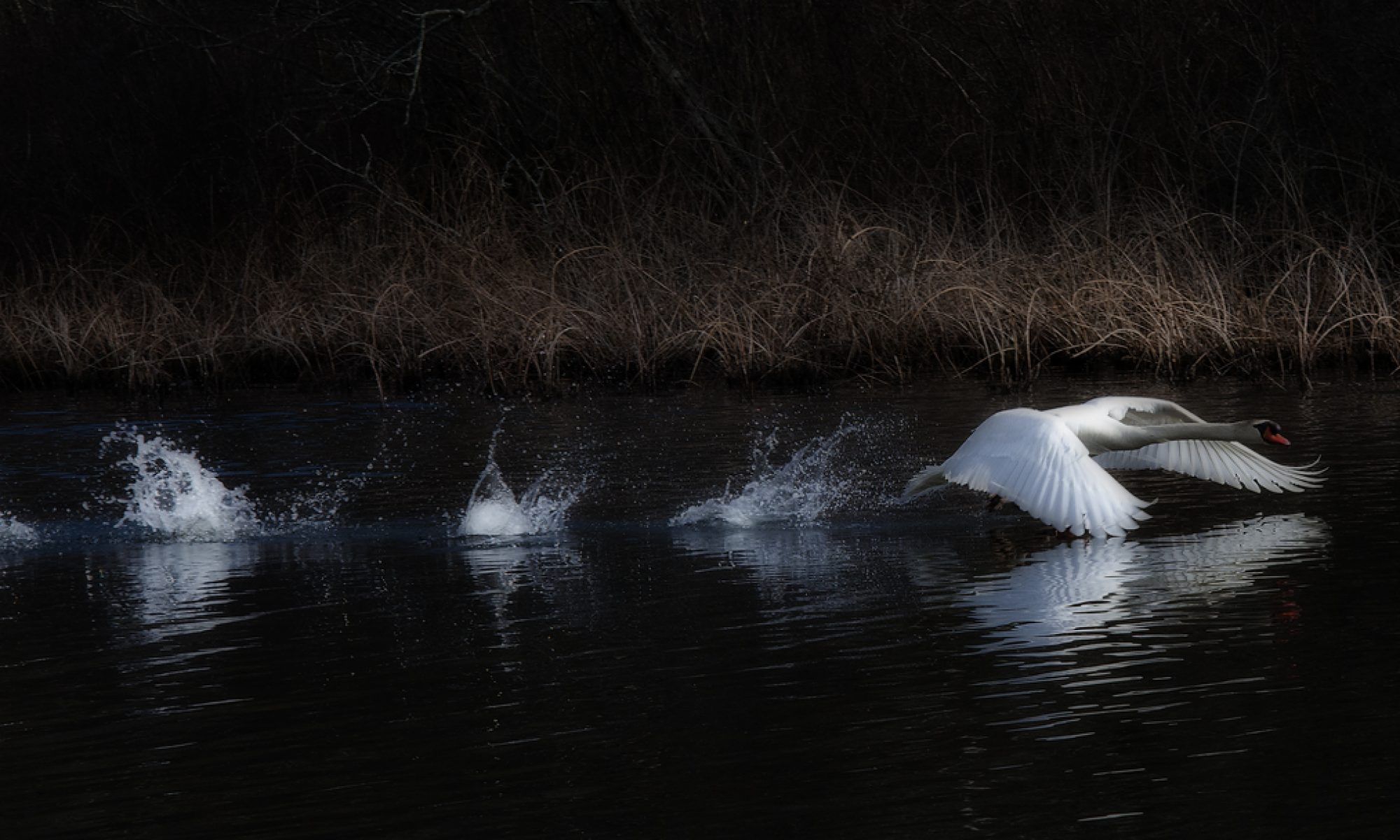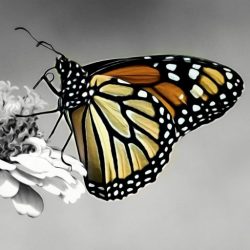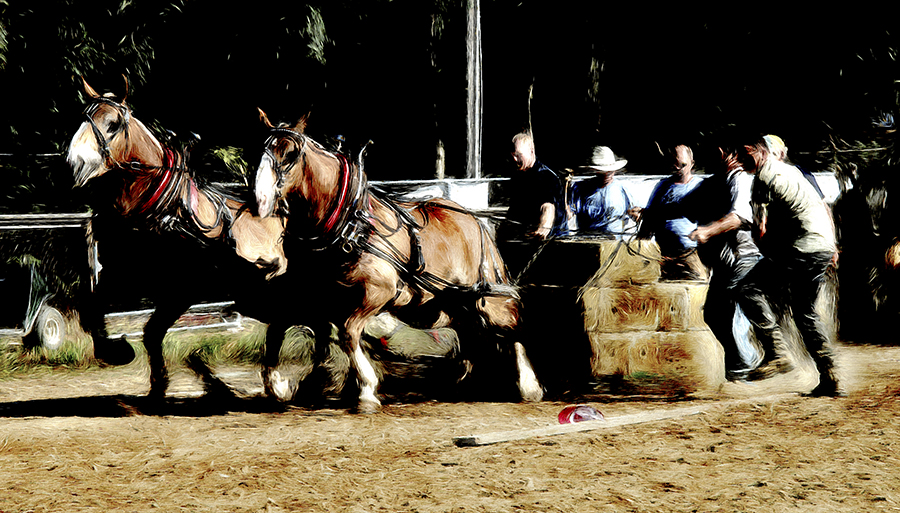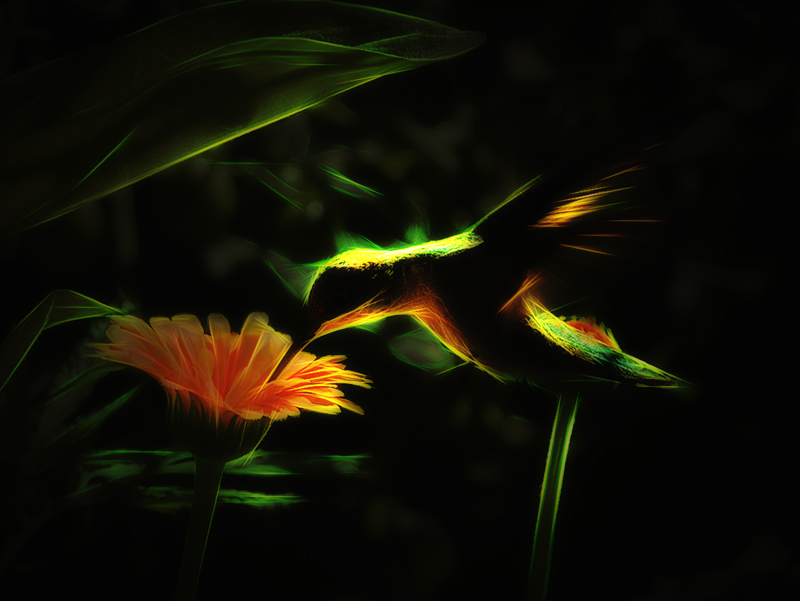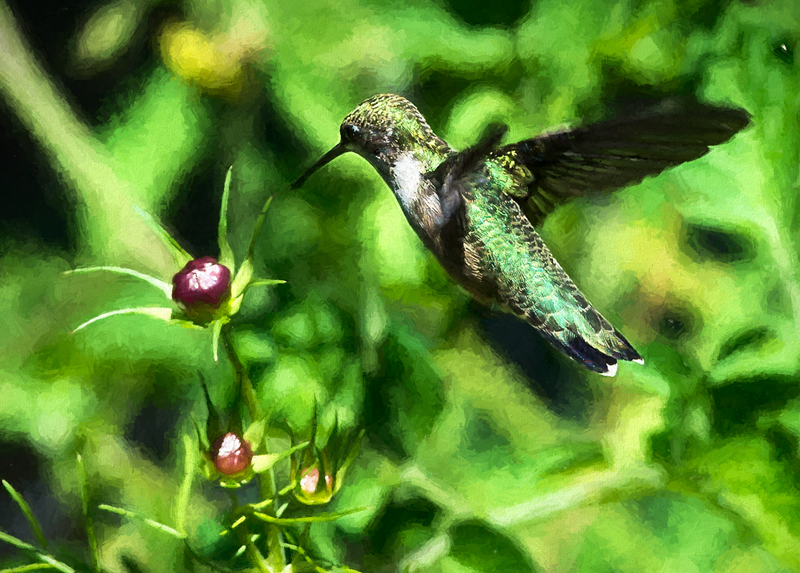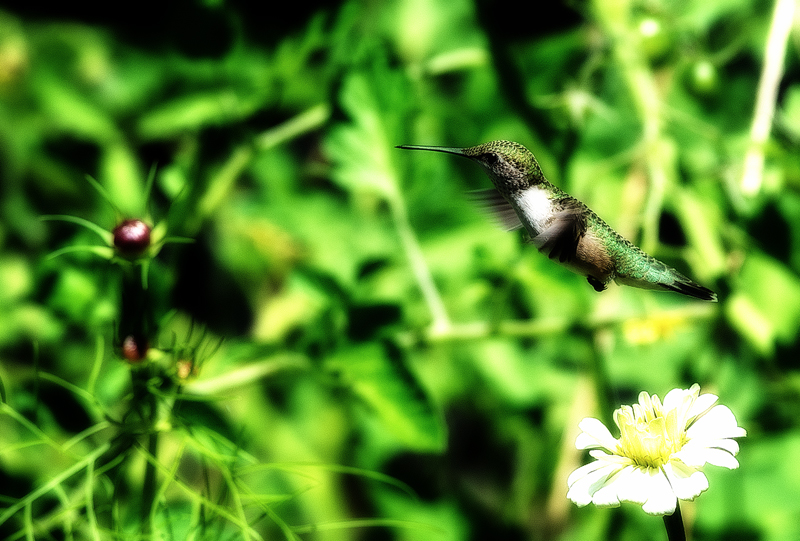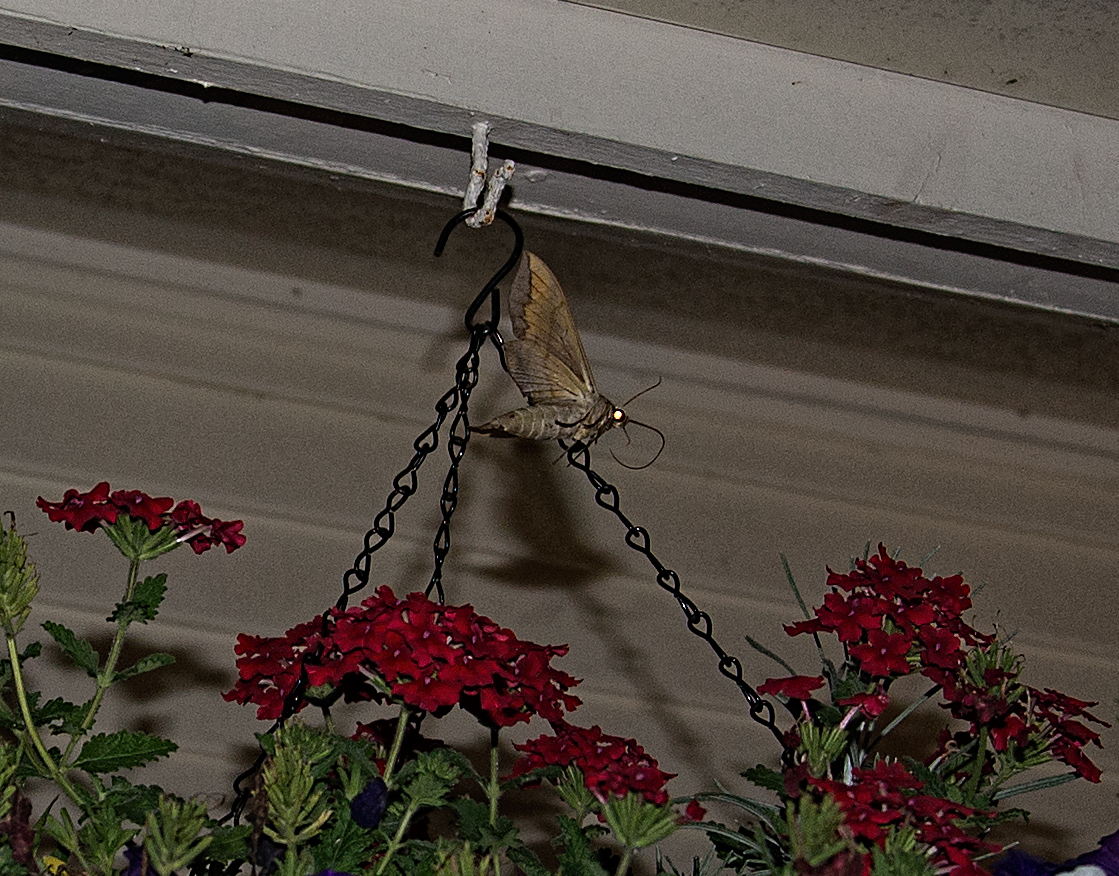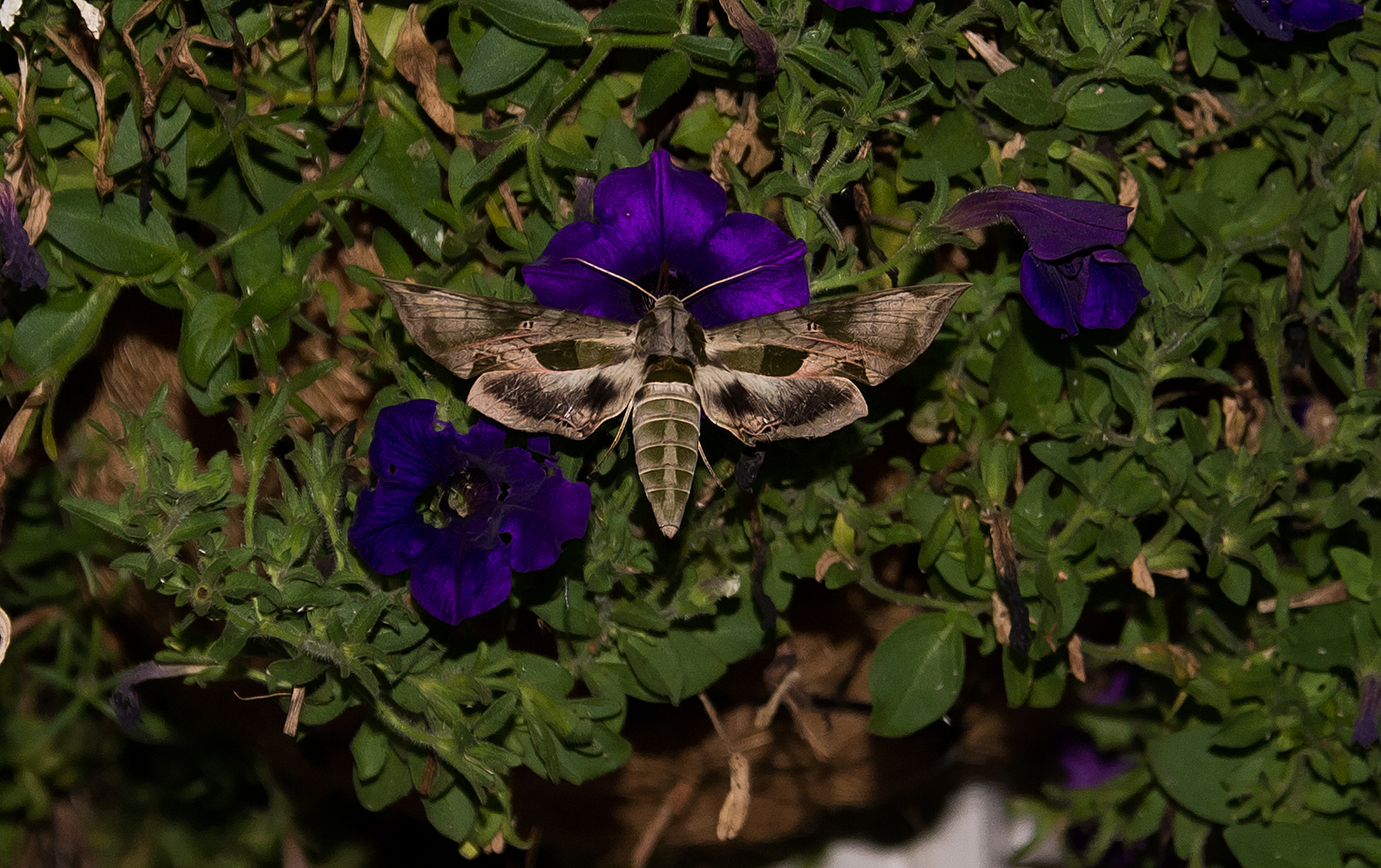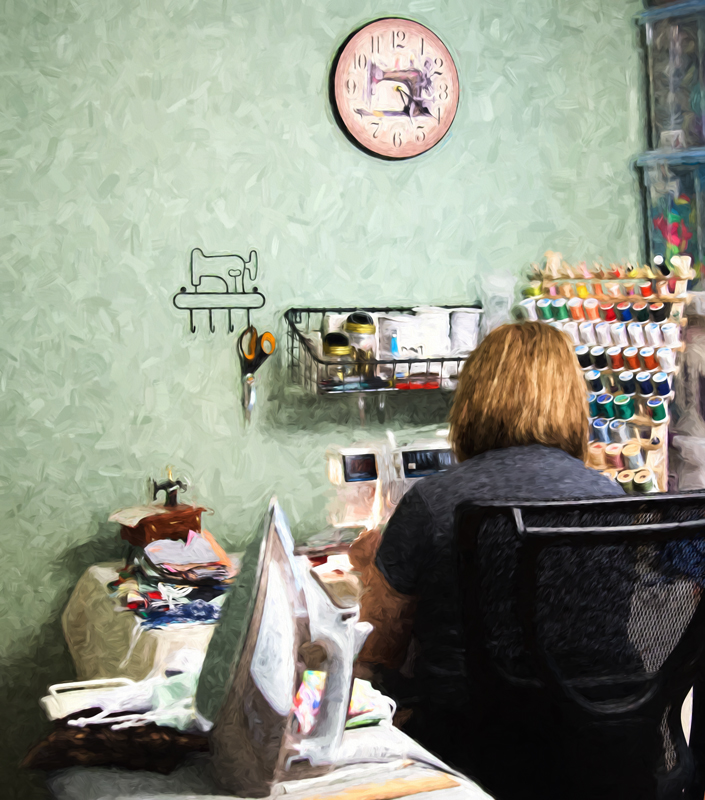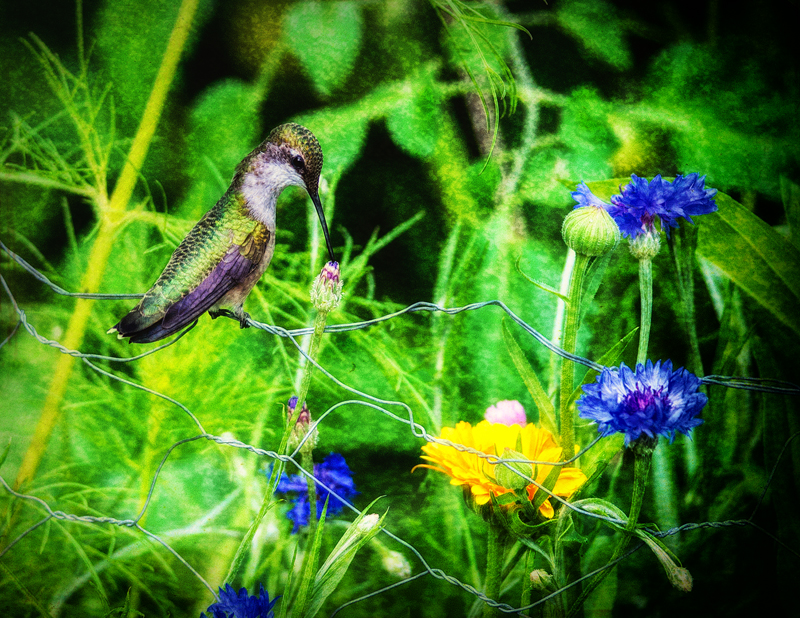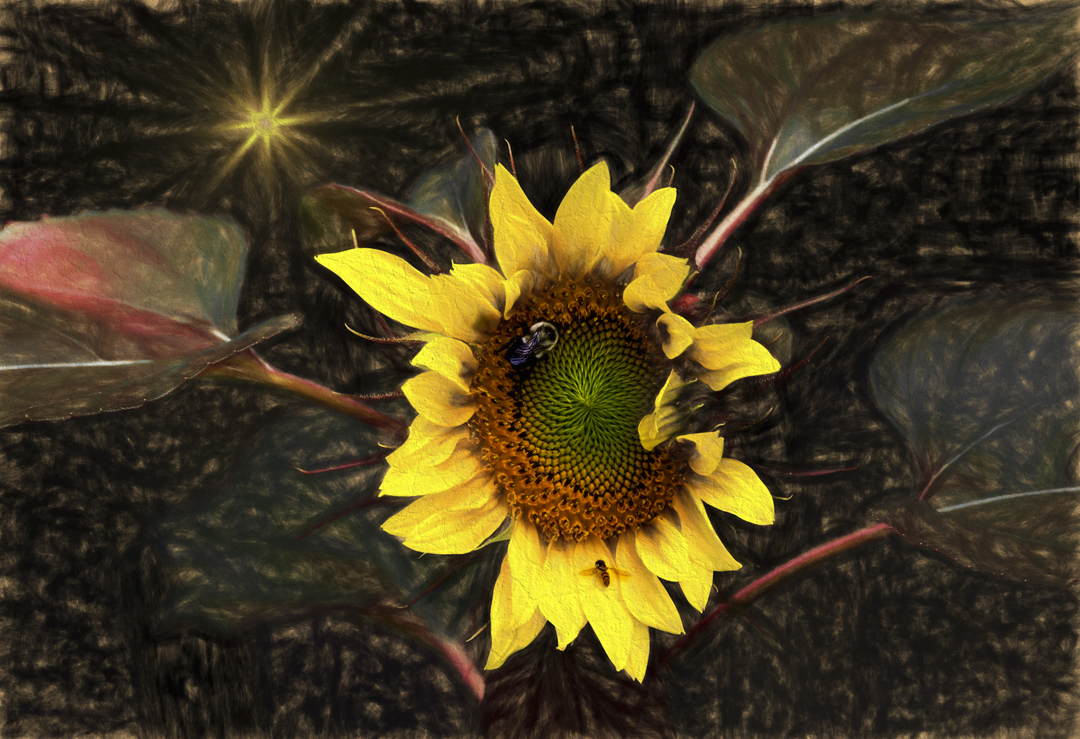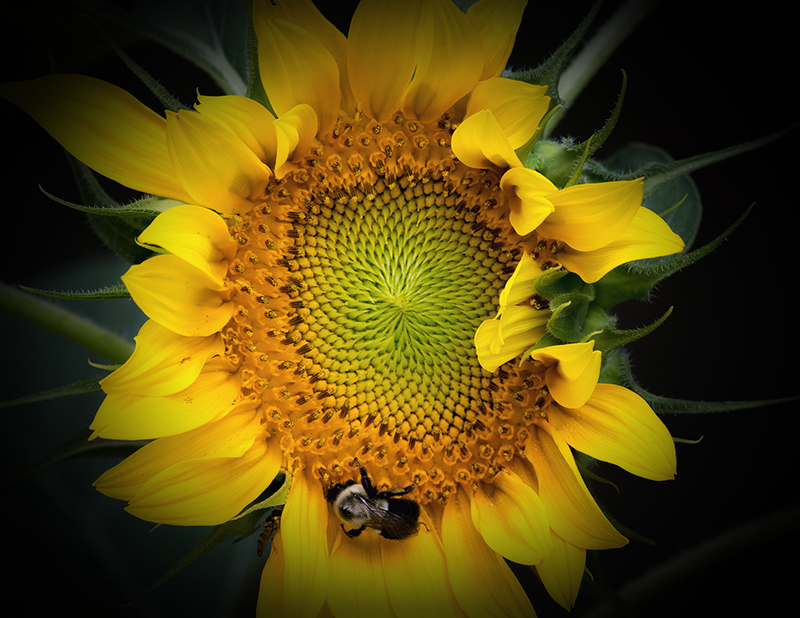Basement Nightmares
Wolf Spider? The basement is a scary thing.
“Will you walk into my parlour?” said a spider to a fly;
” ‘Tis the prettiest little parlour that ever you did spy.
The way into my parlour is up a winding stair,
And I have many pretty things to shew when you are there.”
“Oh no, no!” said the little fly, “to ask me is in vain,
For who goes up your winding stair can ne’er come down again.”
8×10 photo album.
Hmm…leg missing in action
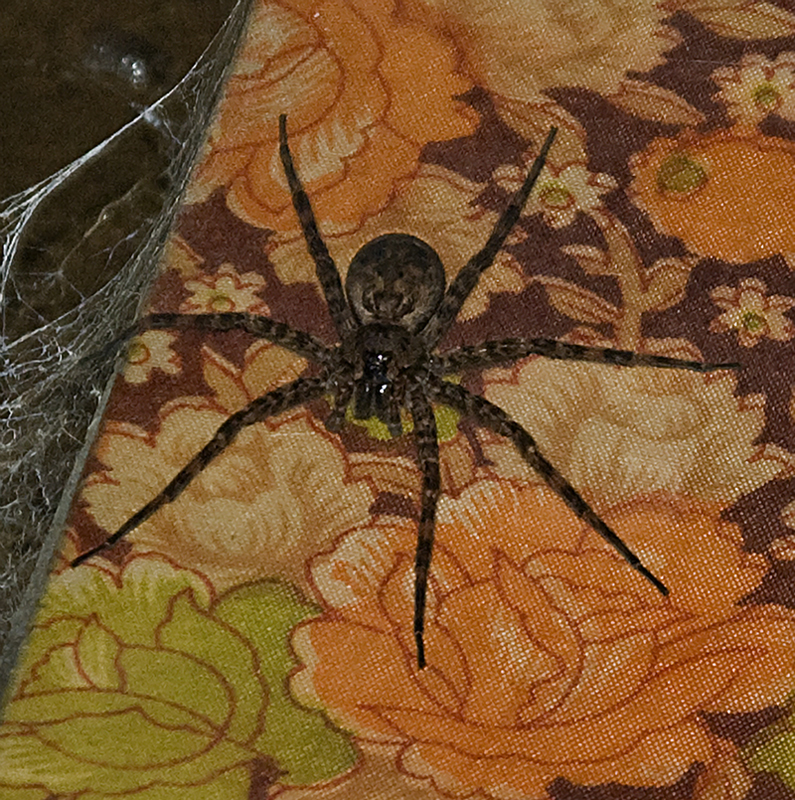
Mayflower ll Back Home
Hummingbirds a’ Glow
Grammy Gramster and Bridge of Flowers
The Bridge of Flowers in Shelburne Falls, Massachusetts. Grammy Gramster dusts of her D200, (still a remarkable camera in 2020, with a good piece of glass in front.)
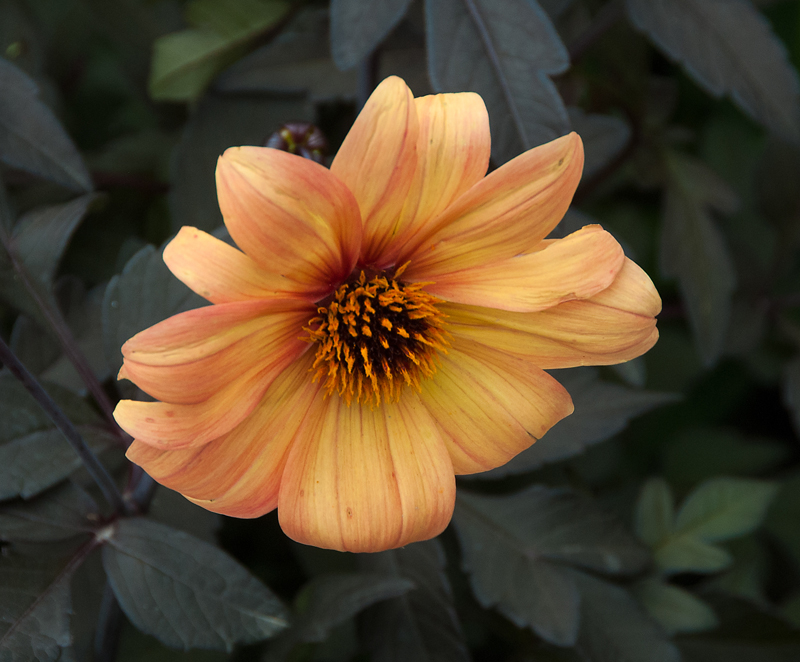

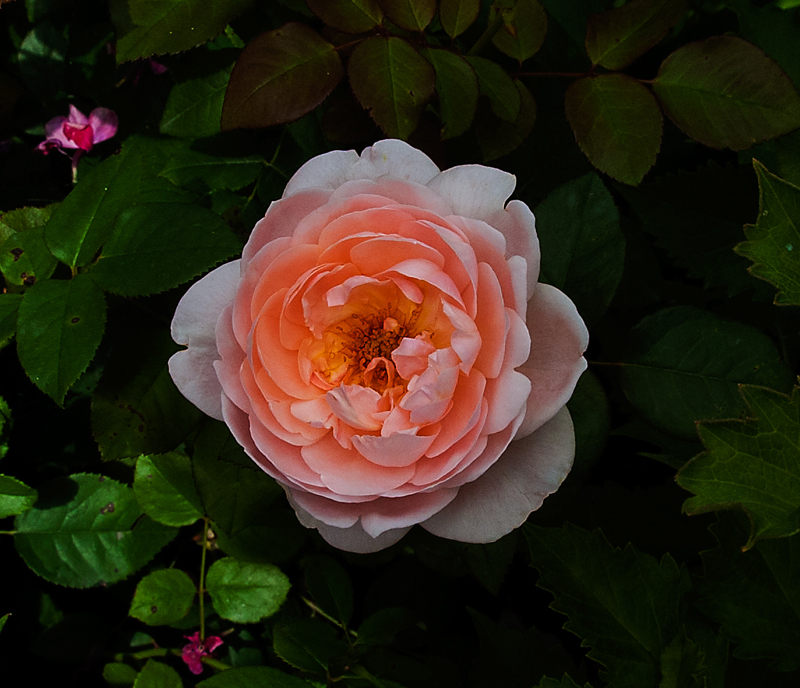
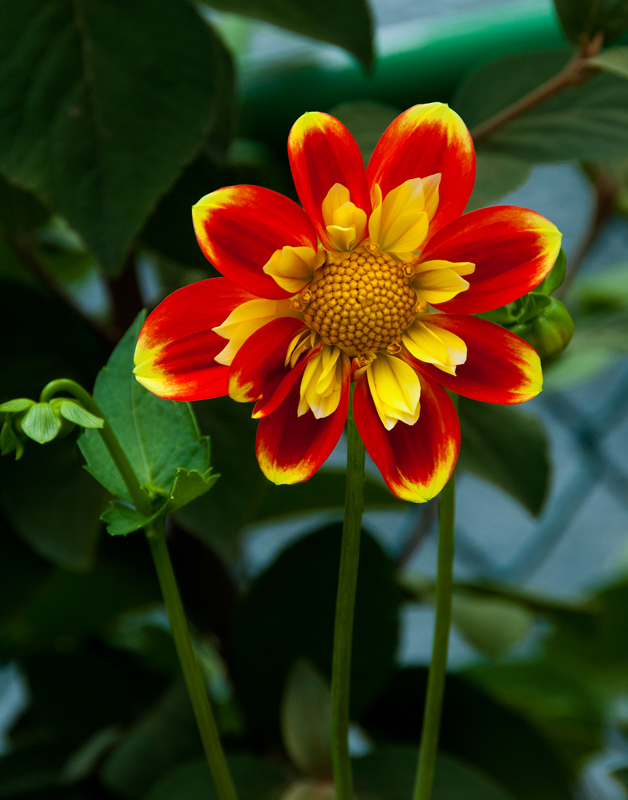
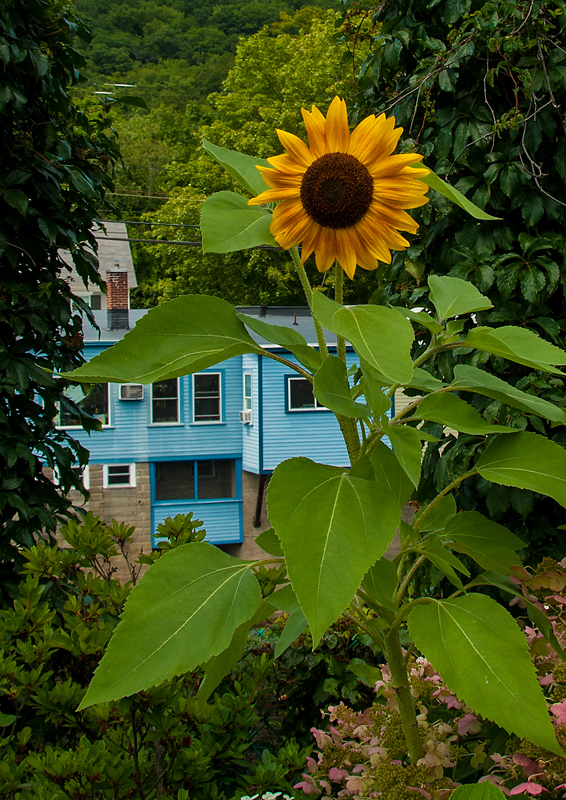
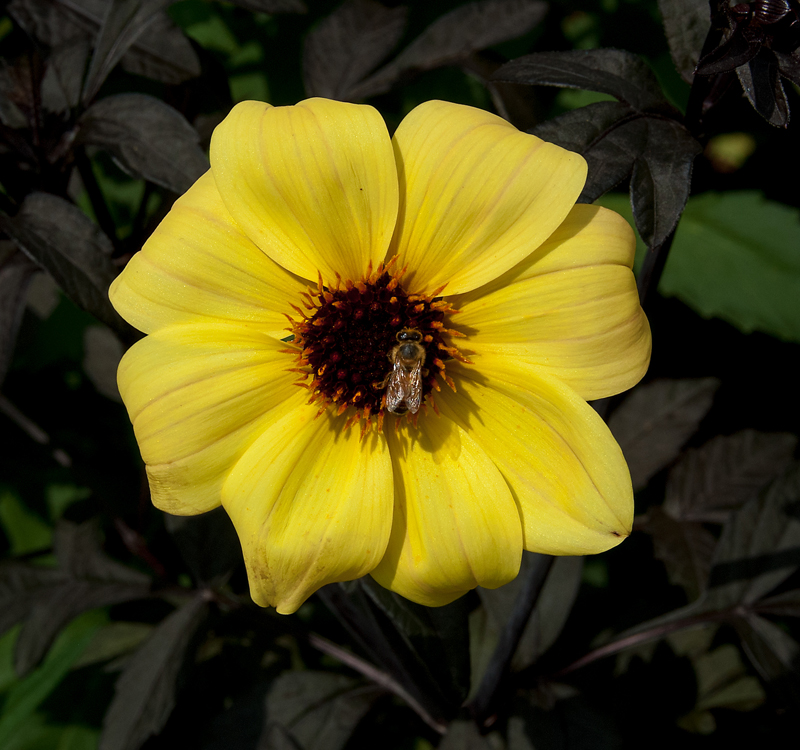
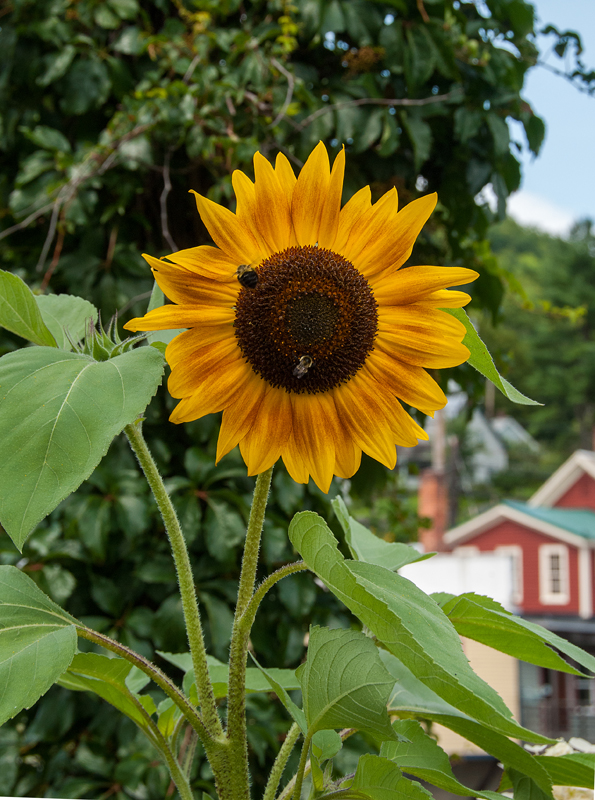
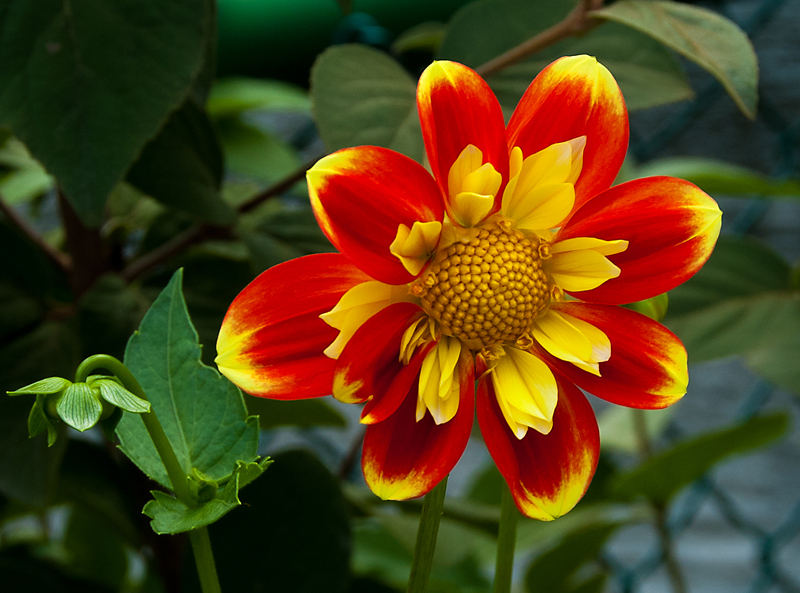
Hummingbird Moth
Caught by surprise at night. Hummingbird moth around hanging baskets. I didn’t have time to attach my SB900 so I had to use on camera flash, as you see in this harsh lighting. Bad image is better than no image. No that I know they are here in my new home in Taunton, I will be better prepared.
Hummingbird Moth (10PM)
Dinner for Grammy Gramster
The Pond

In this pond of placid water,
Half a hundred years ago,
So they say, a farmer’s daughter,
Jilted by her farmer beau,
Waded out among the rushes,
Scattering the blue dragon-flies;
That dried stick the ripple washes
Marks the spot, I should surmise.
Think, so near the public highway,
Well frequented even then!
Can you not conceive the sly way,—
Hearing wheels or seeing men
Passing on the road above,—
With a gesture feigned and silly,
Ere she drowned herself for love,
She would reach to pluck a lily?
Edna St. Vincent Millay
50 Million Years and Still Buzzing
Sunflowers and Math
“Our Sun is a second- or third-generation star. All of the rocky and metallic material we stand on, the iron in our blood, the calcium in our teeth, the carbon in our genes were produced billions of years ago in the interior of a red giant star. We are made of star-stuff.” (carl sagan)
“The morning glories and the sunflowers turn naturally toward the light, but we have to be taught, it seems.”
Science: Sunflower spirals obey laws of mathematics. Why Do Spirals Exist Everywhere in Nature?
